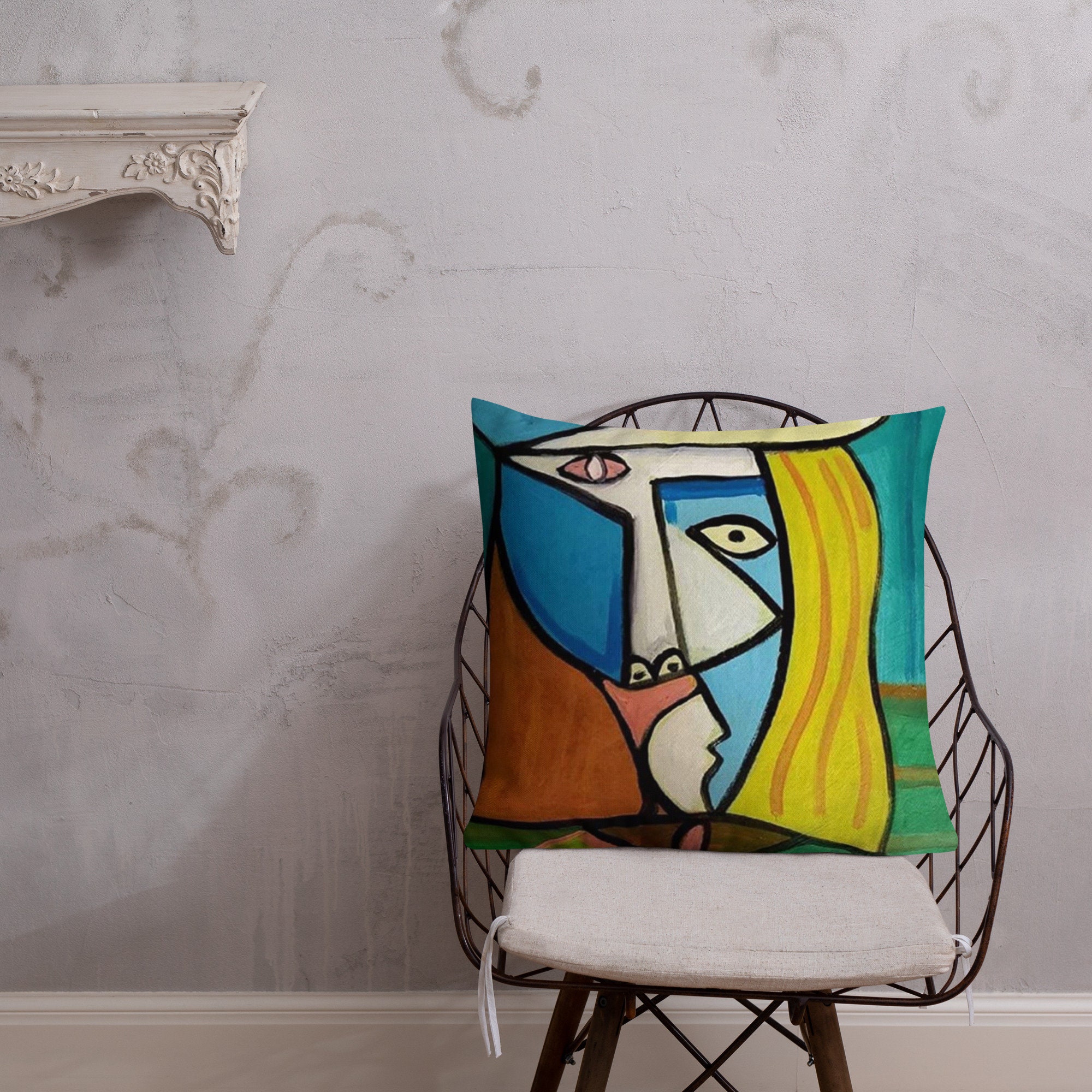The Buzz on Top News Sites
The Buzz on Top News Sites
Blog Article
Top Guidelines Of Unique Art
Table of ContentsExcitement About Unique ArtThe Definitive Guide for Unique ArtThe smart Trick of Unique Art That Nobody is DiscussingUnique Art for Beginners
While one may debate which art kind holds precedence, the truth remains that each of these seven types provides an one-of-a-kind window right into human history, culture, and development. They are the tapestries that chronicle our trip, advising us of our past while inspiring visions for the future.Fantastic art work narrates, makes people look two times, and creates a distinct experience that can not be matched. Art and images interact every one of that via color, form and various other style elements. Find out just how to make your unique art work stand apart from the group.

8 TRIA GIOVANEqual components grand and laidback, this foyer designed by Anthony Baratta is the ideal plan to adhere to if you're decorating a formal entryway that still really feels unfussy and comfortable. Formed textiles take center phase (see the carpets and the couch), but they likewise aid bring the high ceilings to a human range when hung over wallpaper.
Getting The Unique Art To Work
18 Heidi Caillier DesignA gallery wall does not need to occupy the whole room. Occasionally a tiny one can make a bigger design statement. In this living-room, Hiedi Caillier went with micro-mini frameworks and a random make-up. Promotion - Continue Reading Below19 Stephen Kent JohnsonDesigner Juan Carretero went with a deep environment-friendly paint color to comparison with the light timber surfaces.
, the expression of ideas and feelings, with the production of specific visual qualities, in a two-dimensional aesthetic language. The components of this languageits shapes, lines, colours, tones, and texturesare made use of in various methods to generate feelings of quantity, room, movement, and light on a level surface area. These elements are integrated right into expressive patterns in order to represent actual or mythological phenomena, to analyze a narrative theme, or to produce entirely abstract visual connections.
Later on the idea of the "great musician" developed in Asia and Renaissance Europe. During the 19th century painters in Western societies began to shed their social setting and safe patronage.
The Only Guide to Unique Art
Others earned an income through exploring exhibitions of their job. The demand to interest a marketplace had actually changed the similar (if less impersonal) demands of patronage, and its effect on the art itself was possibly similar as well. Usually, artists in the 20th century might reach a target market only through commercial galleries and public galleries, although their work might find this have been sometimes replicated in art periodicals.

Do not copy the style of various other artists if you're looking for your design. Copying various other individuals's artwork can be fantastic in academic objectives yet it will not make you closer to discovering your very own unique style. Your creative design needs to be, what you like and what inspires you.
I would think about your own design as a style you paint in naturally, when you allow get more go of all ideas and guidelines and just concentrate on painting, not believing concerning it. Unique Art. The design has to come normally to you when you are unwinded and you can't require it or it will not be your own style, just a person else's
The smart Trick of Unique Art That Nobody is Talking About

With time you'll be able to sort every one of them into your favored and least preferred categories. Attempt to focus your interest on the topics and tools that you like and prior to you see it coming you'll have your own personal and one-of-a-kind design, like no person else have! In the end you'll have a few favorite topics to paint and possibly a couple of preferred mediums.
The style needs to establish itself in time with a whole lot of method and experiments - Unique Art. Thank you for reviewing this blog post and if you have any kind of concerns leave them in the comments listed below, I 'd more than happy to answer these
Report this page